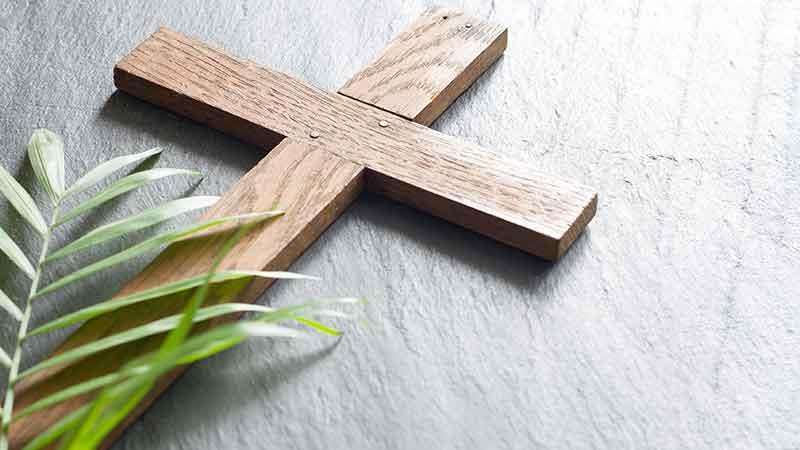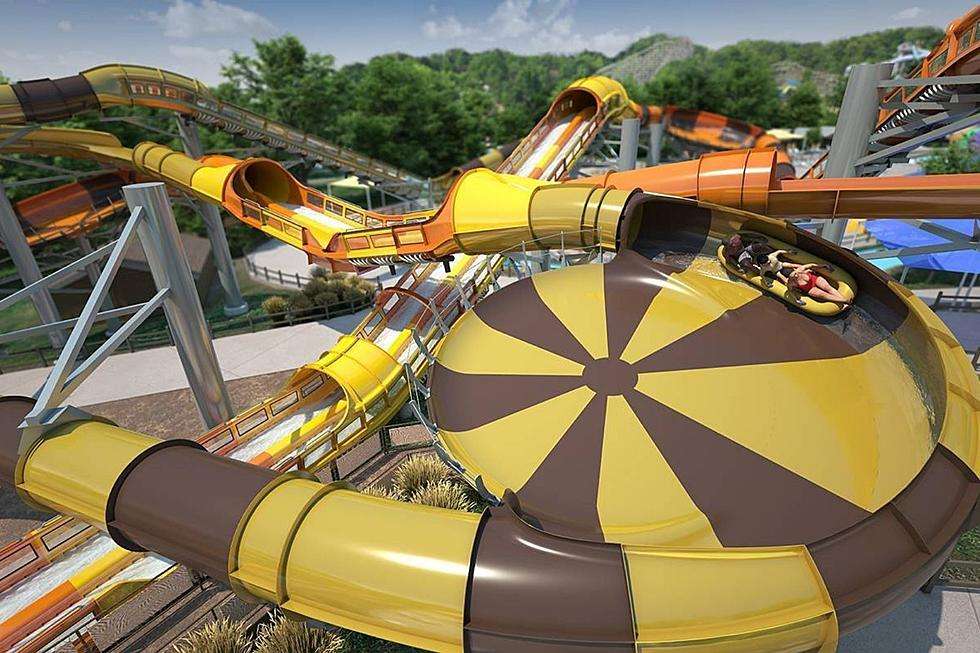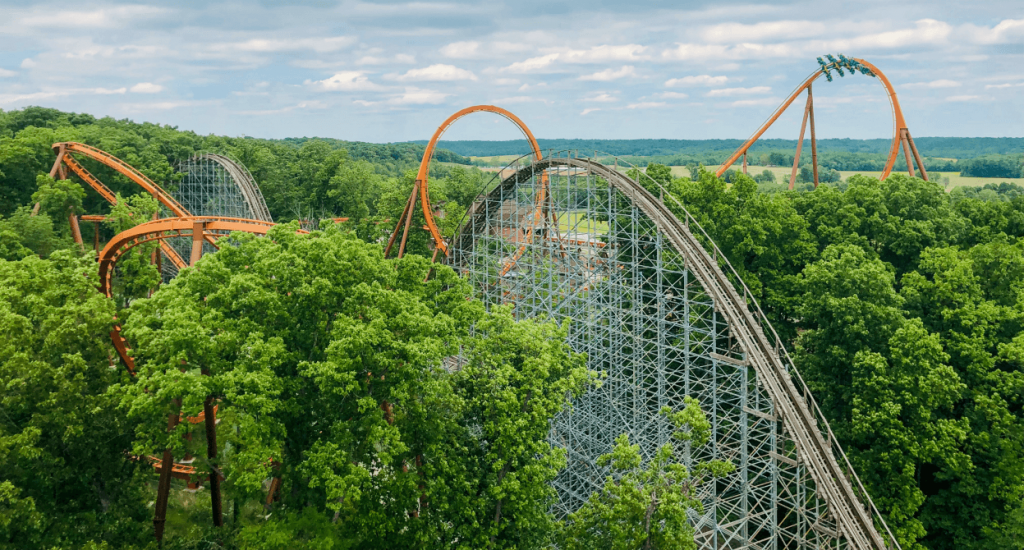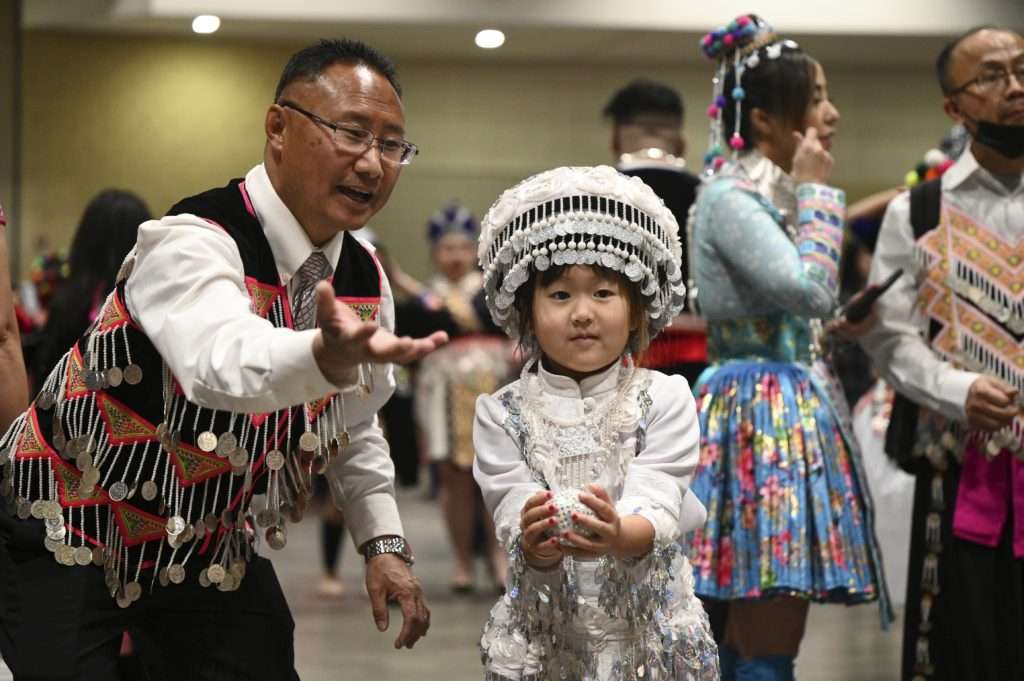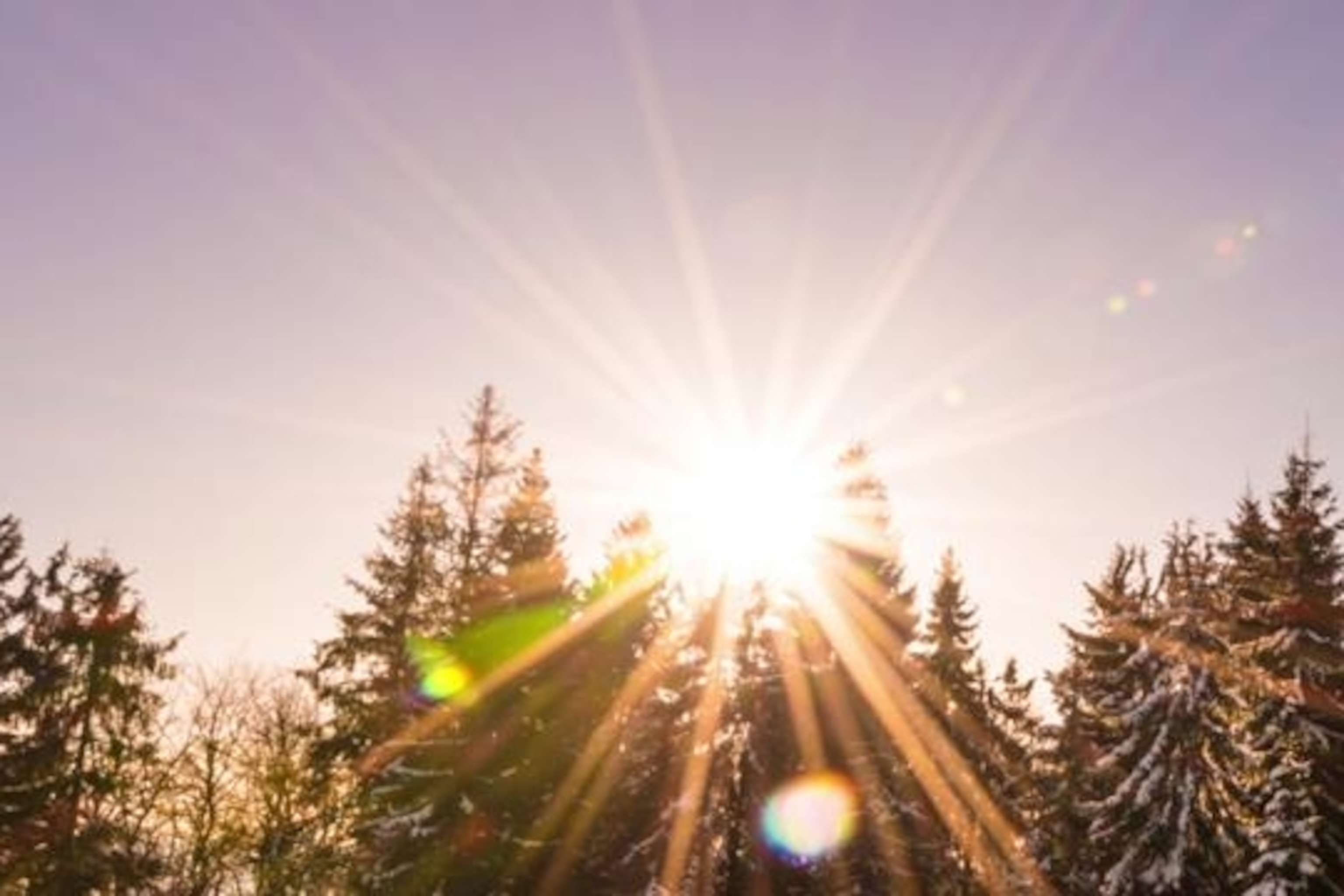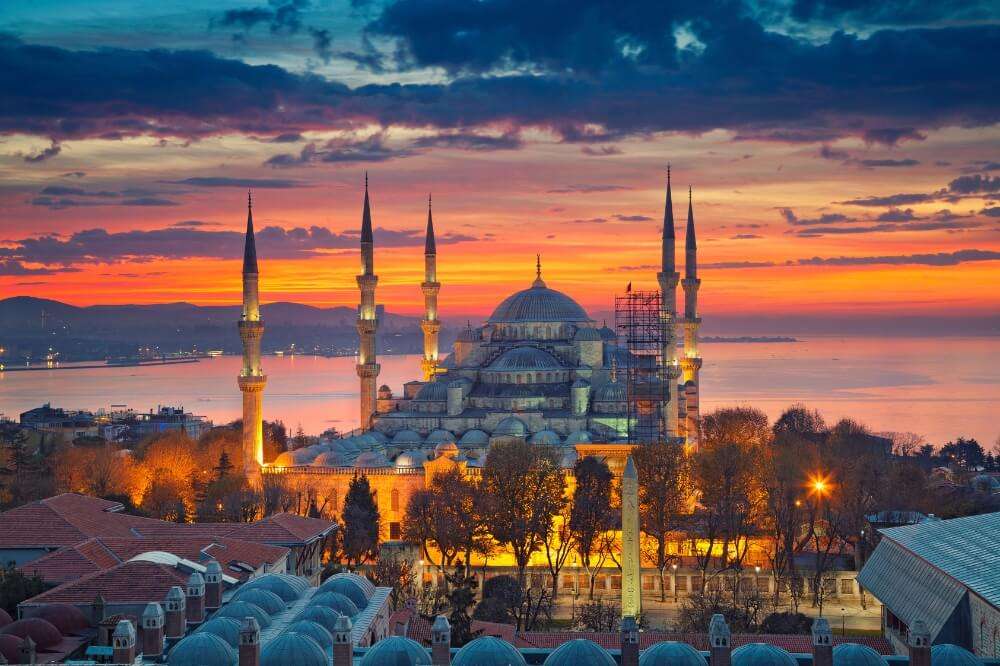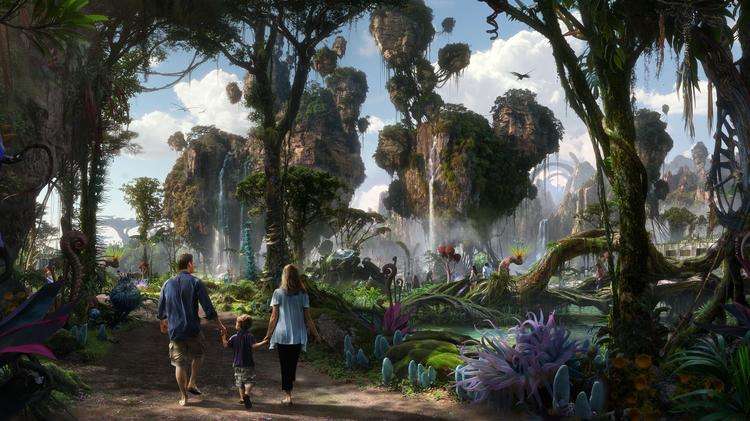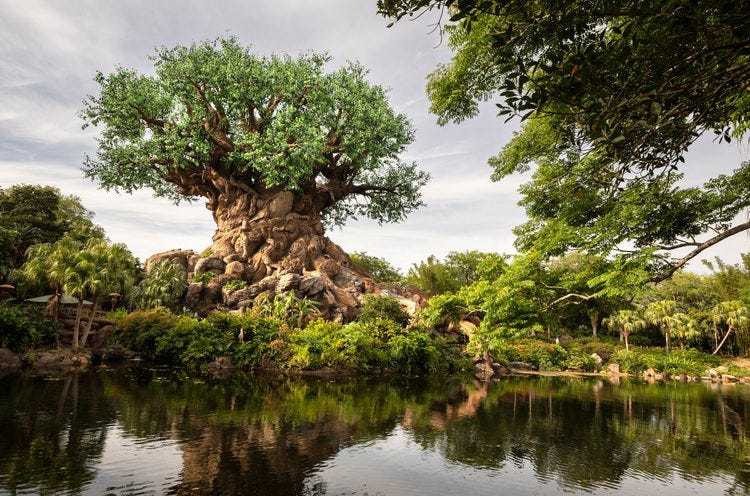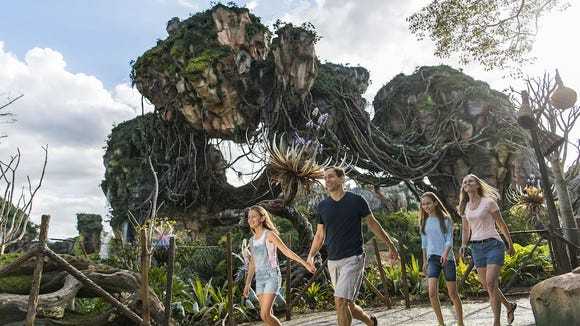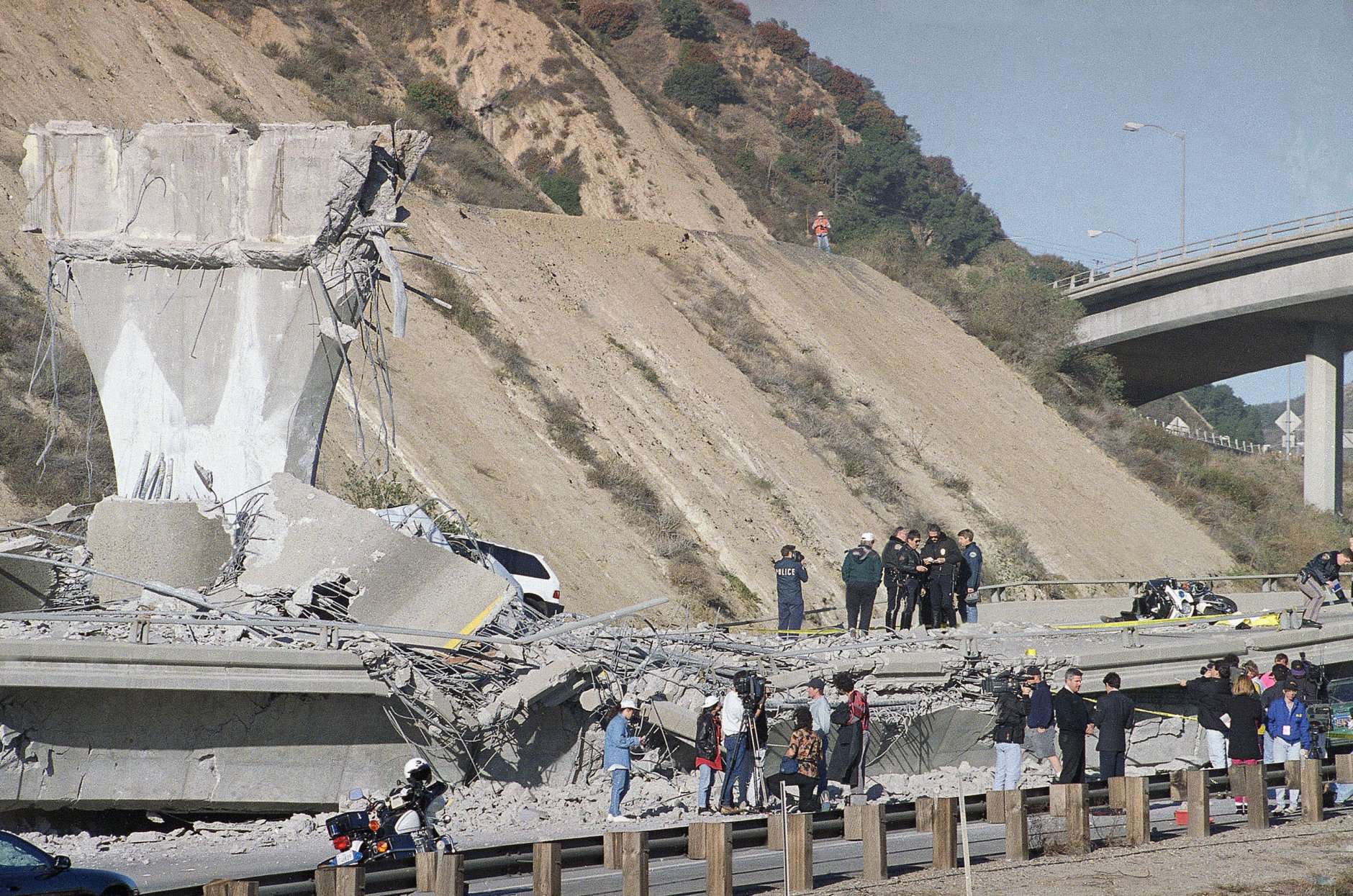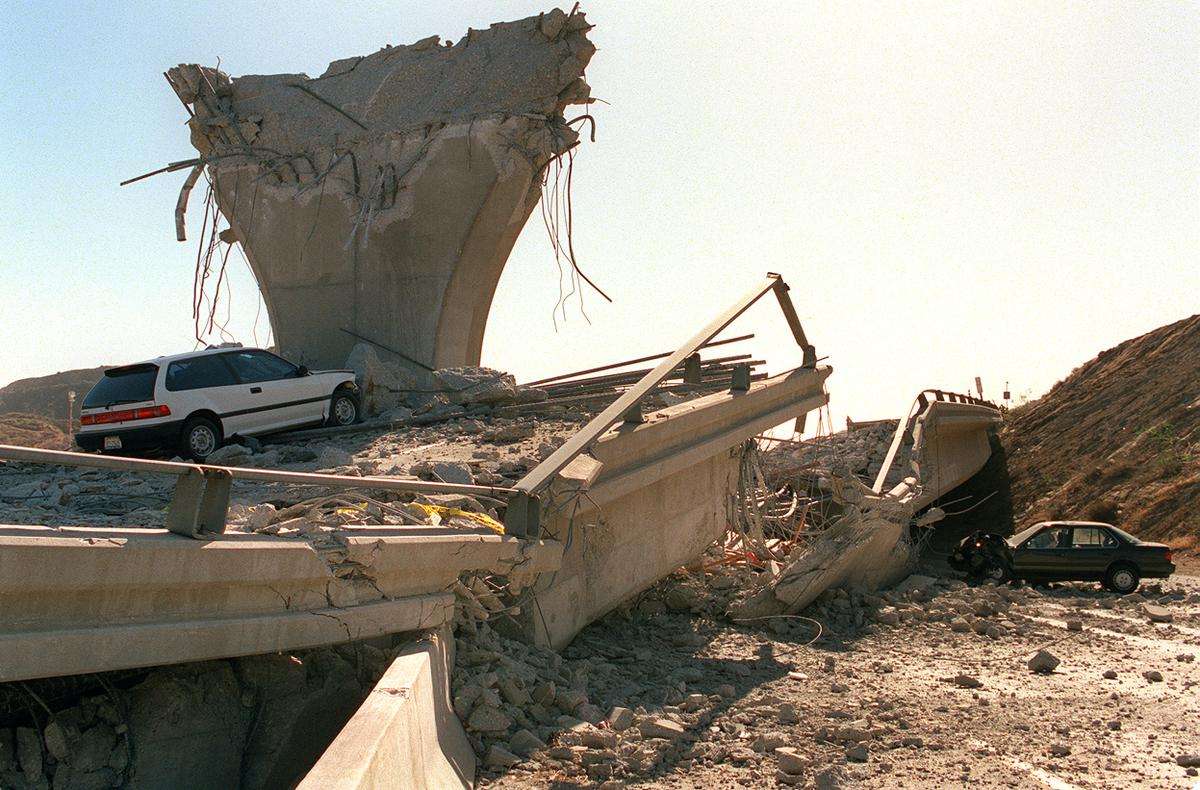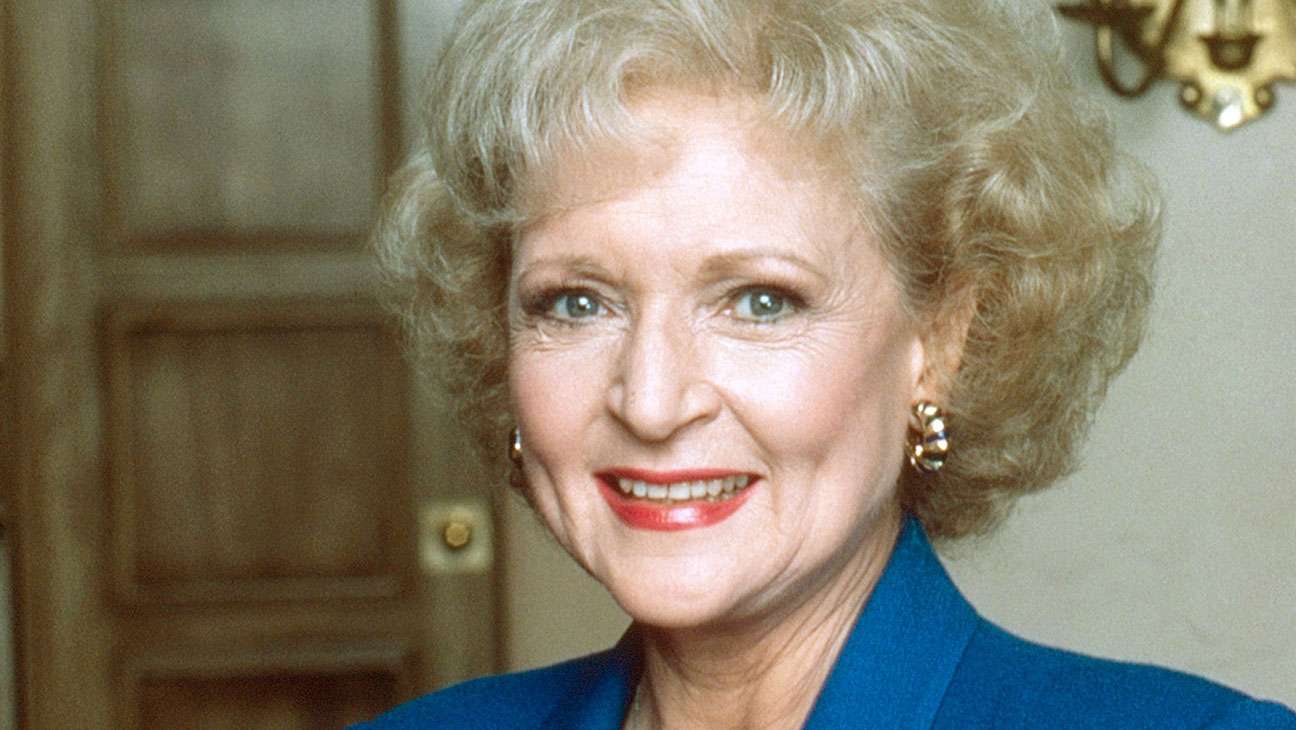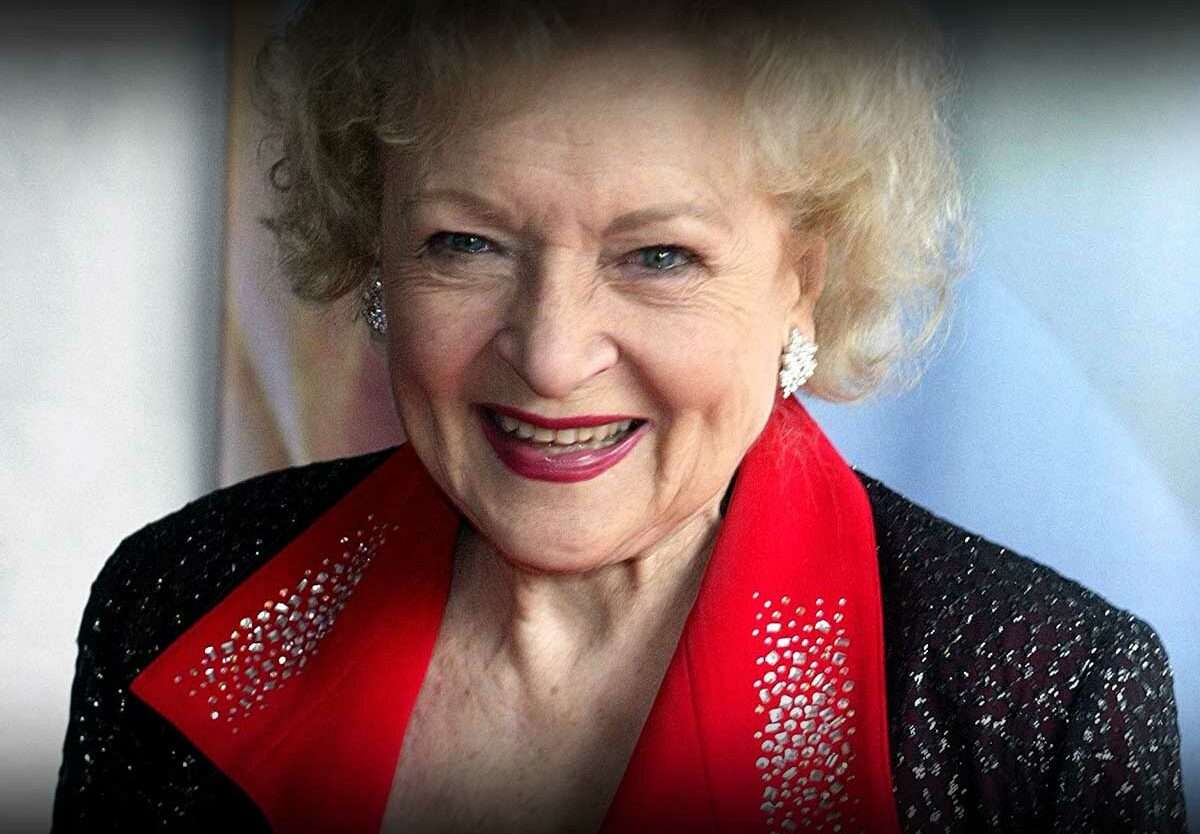When Is Mexican New Year: The Aztec calendar says that the New Year starts at dawn on March 12th, which is when people in Mexico celebrate it. This celebration, called the Aztec New Year, is important because it marks the start of a new turn in the Aztec calendar.
While most people think of time in a straight line, the Aztecs saw it differently. They saw time as a moving force that brought energy, change, and the chance for magic. Their idea took into account the endless processes of making things, destroying them, and growing new ones. It fits with the way life always goes up and down. Because of this, the Aztec New Year is a celebration of an old society whose ideas are still relevant today.
For Nahua communities in Mexico and other indigenous groups that live in Mexico and parts of El Salvador, this event is very important. The event is called “Yancuic Xihuitl” in the native Nahuatl language. The Nahua communities use a mix of Nahuatl and Spanish to add to the celebration’s rich linguistic fabric.
The Aztecs were the center of Mesoamerican society from 1300 to 1521 and had a lot of power. They used the Mexica or Aztec calendar, which had a 365-day cycle with two parts that happened at the same time: the year count, which was called xiuhpohualli, and the day count, which was called tonalpohualli and was a religious cycle that lasted 260 days. In this way, the Aztec New Year is a tribute to their complicated time system and their long-lasting culture.
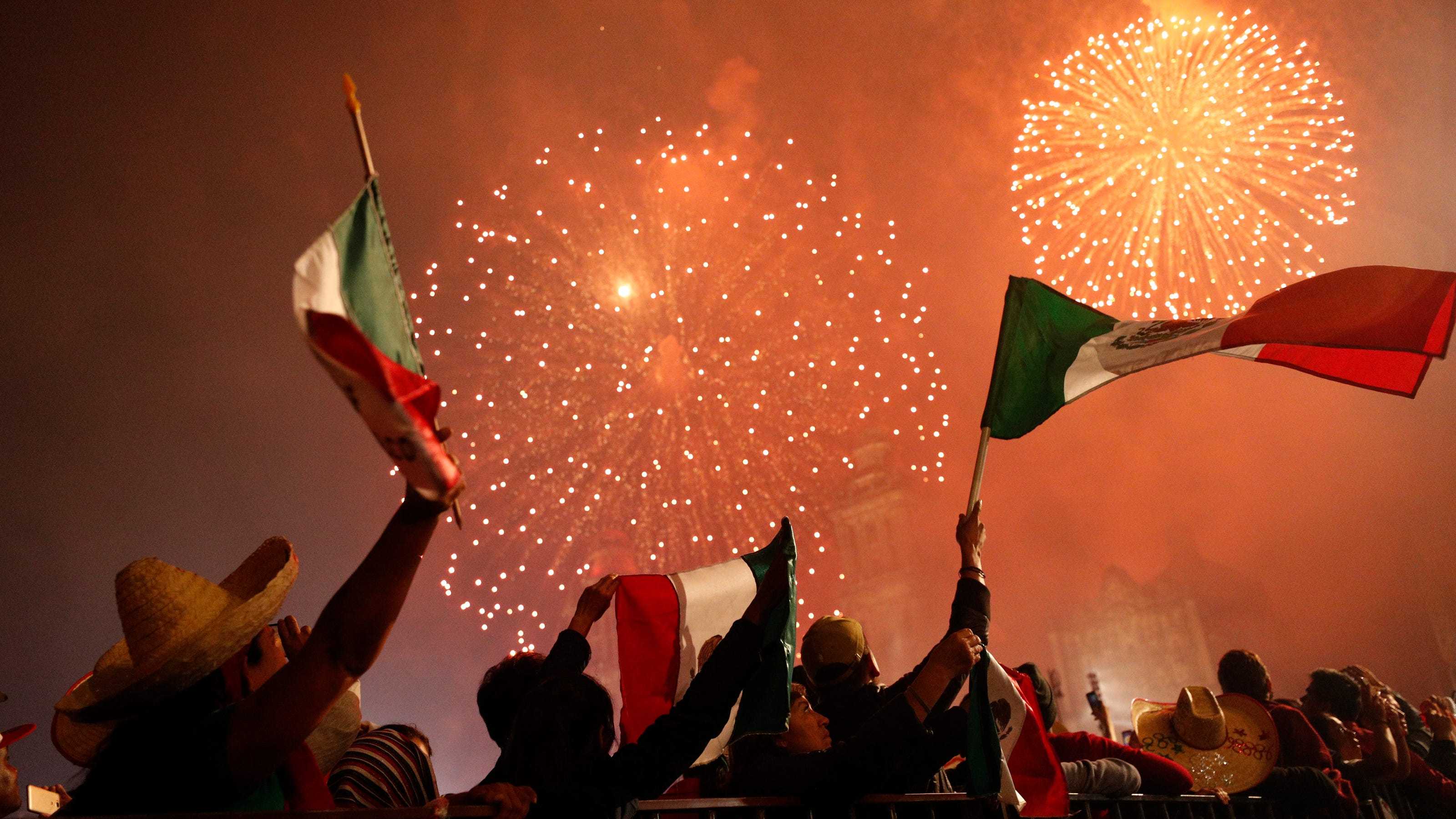
New Year celebrations at family homes
People in Mexico usually spend the first few days of the New Year in the comfort of their own homes or at the homes of friends who live nearby. These events can be anything from loud parties with lots of decorations to more low-key get-togethers with just dinner and drinks. As the night goes on, the activities usually spill out onto the streets of the neighborhood, bringing friends together on the spot for a fun time. On the night before the New Year, Mexicans get together to party, tell stories, and have fun with their loved ones.
On New Year’s Eve in Mexico, families enjoy the changeover to the new year in the peace of their own homes. Whether they are at home or a close friend’s house, the atmosphere is one of friendship and excitement.
As the night goes on, the party mood spreads to the streets of the neighborhood, where people meet up with each other informally and enjoyably. This is the time of year when the community gets together to celebrate, creating a web of shared experiences that go beyond the walls of individual homes. This traditional action shows how many Mexicans feel about New Year’s Eve: warm and friendly.
New Year dinner parties
For young people in Mexico, the start of the New Year usually means big parties with friends and classmates, either at parties put together by the community or in crowded public plazas. In big cities like Mexico City, Guadalajara, and Monterrey, as well as other urban hubs, fancy and hip hotels put together special New Year’s Eve events that include a fancy dinner and a lively party, all for a set price.
Acapulco, Ixtapa, Los Cabos, Puerto Vallarta, Cancun, and the Riviera Maya are just a few of the coastal paradises that people want to visit on New Year’s Eve. No matter if you choose to stay in a hotel or rent a private home, the experience costs a lot.
In Mexico’s regional towns, the most fancy hotels host big dinners and dance parties to welcome the New Year. The room rates are the same as during the high season, and there is an extra fee for people who want to go to the dinner and drink party. This guarantees a memorable and stylish trip into the new year.
Traditional Mexican food for New Year’s Eve
Mexico’s traditional foods are served at a feast on the eve of the New Year. One of these is bacalao, which is a salty dried codfish that is rehydrated and served with green olives and fresh chilies. The tamales are made from natural corn paste and can have a variety of sweet or savory flavors. They are covered in maize leaves and baked until they are golden brown.
As the clock gets closer to midnight, holiday drinks start to show up. Ponche, which is a fruit punch with a hint of rum, and rompope, which is like eggnog in Mexico, made everyone feel happy.
Once everyone is full and their drinks are raised, the sound of midnight marks the start of a traditional Mexican tradition: eating grapes. A flood of hugs and kisses follows this. The happiness lasts until early morning, and for some people, it ends in the first light of January. There is strong dancing and music throughout the night.
The fun of the New Year doesn’t end at midnight. In Mexico, the celebrations continue into the Guadalupe-Reyes holiday season, which starts with Dia de Guadalupe on December 12th and ends on January 6th, which is King’s Day or Epiphany. This makes for a happy, long party to start the year.
How To Festival New Year In Mexico?
Starting a trip to celebrate the Mexican New Year is an adventure that will be full of fun and interesting culture. There are many places to visit, but Plaza De La Constitución and the old Zocalo stand out as lively party hubs where the joy of the events is clear.
There are many Hotels and resorts across the country that offer unique and luxurious places to ring in the New Year for people who want to combine luxury with celebration. The lively cities of Guadalajara and Mexico City are great places to party. At the same time, the beach paradises of Cancun and Playa Del Carmen are great places to get together by the water.
Explore the complex weave of Mexican culture at the National Museum of Anthropology. The New Year takes place amidst displays and celebrations, with friendly and interesting people all around. All of these places offer a full and interesting experience, making sure that the New Year celebrations in Mexico are a tapestry of memories that mix custom, fun, and learning about other cultures.
Top Five Mexican New Year’s Customs
Putting on New Underwear: The Spanish word for putting on clothes for the first time is “estrenar,” but the English word doesn’t quite capture the same idea. It is customary to estrenar la ropa inner (wear new underwear) on New Year’s Eve, with the color being important. People can choose between red for love and yellow for money, or they can choose a mix of the two.
Twelve Grapes at Midnight: As a unique New Year’s tradition, twelve grapes are eaten at midnight, with each grape representing a resolution for the coming year. In a strange twist, some people think that trying to drink las uvas (the grapes) in the first 12 seconds of the new year would land them in the emergency room. The tradition adds both sweet and savory flavors to the start of the new year.
Running to the Street with Suitcases: Running to the street with suitcases on New Year’s Eve is thought to bring good luck and make the coming year full of travel. This theme, which can be found in many Latin American countries, stands for the desire for a year full of interesting trips and new experiences.
Fireworks and Burning the Old Year: This custom is very popular in southern Mexico. It involves making a dummy that represents the Old Year and setting it on fire with fireworks to mark the start of a new year. Although this is a fun show, the fact that firecrackers are set off so often, especially by kids, makes people worry about the safety and health of animals, especially dogs that are sensitive to noise.
The first day of the year is a national holiday in Mexico, and on that day, families often get together for el recalentado, which literally means “the reheated one.” It’s more than just eating leftovers from the night before; it’s a whole event. Families get together to watch movies, drink coffee, enjoy the better flavors of last night’s meals, and share stories. They often joke about the funny things their cousins did during the New Year’s Eve celebrations.
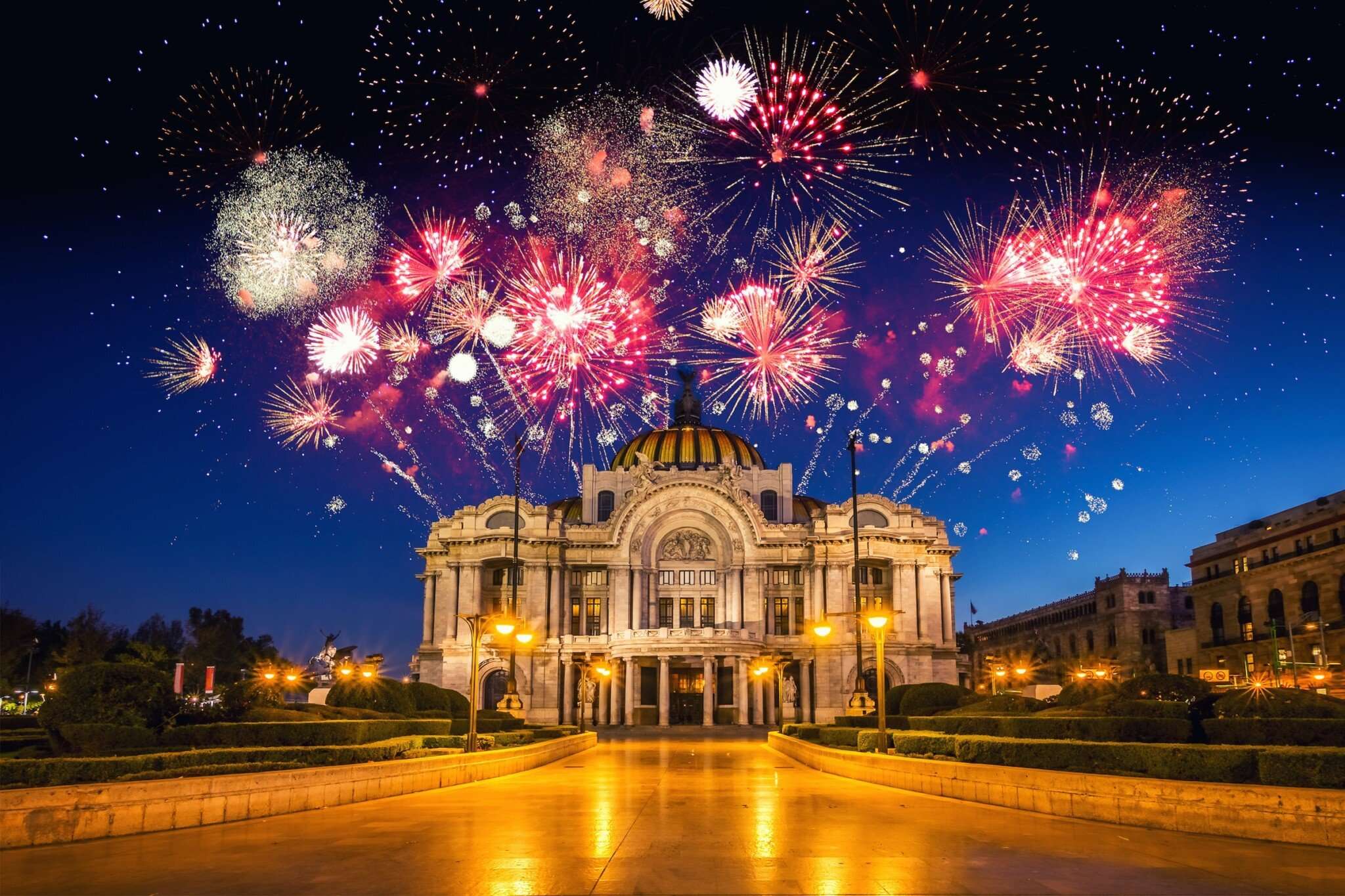
Do Mexicans celebrate New Year?
The New Year is a time for celebration around the world, and Mexico is no exception. Whether you are in Mexico City or celebrating at home, you can immerse yourself in the passion and vibrancy of Mexican New Year’s Eve traditions. These traditions are filled with joy, togetherness, and a celebration of life itself.
Around the world, people are excited about the start of a new year, and Mexico is a lively part of this worldwide party. For Mexican New Year’s Eve, you can fully participate in the excitement and emotion of the celebrations, whether you’re in the middle of Mexico City or watching from home. These traditions, which come from happiness, friendship, and a deep celebration of life, make for a very Mexican environment.
If you want to find love, good luck, renewal, or success in the new year, Mexico has a wide range of events that bring these things to you. Mexican New Year’s Eve celebrations are a beautiful show of color, joy, and cultural variety. There are traditional ceremonies, loud fiestas, and delicious food.
At night, fireworks light up the sky, and loud meetings fill the air with joy, becoming important parts of the celebration. A lot of people meet in the streets during public events in cities to enjoy the fun. In Mexico, celebrating New Year’s Eve is a promise of a unique and exciting experience. The country’s colorful traditions make for a great start to the new year.
What time does Mexico celebrate New Years?
Midnight
At midnight, there is a lot of noise, and everyone shouts: “¡Feliz año nuevo!” People embrace and make noise and set off more firecrackers. Most Mexicans celebrate New Year’s Eve by having a late-night dinner with their families.
When it comes to celebrating the New Year in Mexico, there are a lot of options. When the holiday comes around, hotels and resorts in popular tourist spots plan big parties to throw. Even in places that aren’t very popular with tourists, local restaurants celebrate by having special New Year’s Eve dinners and dance parties that bring in both locals and tourists.
Many Mexicans spend New Year’s Eve having a late-night dinner with their families. Others want to keep the party going by going out for the night to party hard. On the last night of the year, there is a huge street fair in Mexico City, which is the biggest public event. The ancient Zócalo, the city’s main square, and the beautiful Angel de la Independencia statue are at the center of the celebrations. It’s a beautiful place to ring in the New Year.
Does Mexico celebrate Lunar New Year?
People gather to celebrate the Chinese New Year, at the Chinatown, in Mexico City, Mexico on January 22, 2023. This year marks the Year of the Rabbit… Woman holds a rabbit during the celebration of the Chinese New Year, at the Chinatown, in Mexico City, Mexico on January 22, 2023.
Shops in the area make a lot of money during the Lunar New Year because sales go up during this holiday week. It’s important to note that this event is the first one that hasn’t had any COVID-19 restrictions since the outbreak. It was easy to feel the excitement in the air among the guests, which made it hard to get around in the crowded streets.
As a lively part of the celebrations, Mexico City held its sixth annual themed costume contest. This added a creative touch to the Lunar New Year events. People were asked to dress up in outfits that had something to do with the Lunar New Year. This made the event more colorful.
City Culture Minister Claudia Curiel de Icaza, Chinese government representative Wang Huijun, and Luo Jon, head of the Cultural Center of China in Mexico, took the stage at the celebration’s center to give awards to the best costumes. The event not only showed the range of Lunar New Year celebrations but also showed how Mexico City and the Chinese community work together to celebrate this happy holiday.
Is Mexico City fun for New Year’s?
Mexico City is a marvelous place, especially during Christmas and New Year’s. It possesses a unique magic, the blend of a grand metropolis with the warm hospitality that characterizes Mexicans and Latinos. We’re always cheerful and ready to share a slice of our culture with you.
If you are in Mexico City on New Year’s Eve, El Zocalo, which is in the city’s Historic District, is where all the action is. The Zocalo Street Party, which takes place at this famous place, is the biggest and best New Year’s celebration in the country. The party starts with lively dancing, fancy outfits, lots of tasty food, and a stunning fireworks show that lights up the sky at midnight.
Getting out of the city center and into the suburbs will reveal a plethora of famous bars in Mexico City that are perfect for continuing the party after midnight.
Even though people have very different New Year’s traditions, one thing that stays the same is the promise of happiness and celebration on this wonderful day. There is no doubt that celebrating the New Year in Mexico will be a great time, no matter which place you choose. Here’s to enjoying the bright events and making memories that will last a lifetime. Have fun.
What do Mexicans eat for New Year’s?
Fireworks, grapes, sparkling wine, hugs and music are how Mexicans celebrate New Year’s Eve. Before midnight, Mexicans like to have a big dinner, similar to Christmas, with the whole family. The most traditional dish is Bacalao, dried salted coldfish, cooked with tomatoes and olives.
People in Spain used to eat grapes on New Year’s Eve. This tradition, called “las doce uvas de la suerte” (the 12 good grapes), didn’t start in Mexico. Each grape is eaten with every strike of the midnight bell on December 31st to bring in the new year. This tradition is fairly new, dating back only to 1909, but there is proof that it has been around since at least 1895.
Since then, this style has spread to several Latin American countries, even the Philippines. No matter what, eating grapes on New Year’s Eve has a special value in Mexico. In Mexico, New Year’s Eve, which is called Nochevieja in Spanish, is a holy day.
A lot of people like making plans to improve themselves when the new year starts. This year, 38% of people who answered ComRes’ poll said they would exercise more, 33% said they would lose weight, and 32% said they would start eating healthier.

Setting goals for the new year is an old tradition that goes back almost 4,000 years to the Babylonians. Their new year doesn’t start in January but in the middle of March, when the first moon rises after the spring equinox. According to historical records, the most important Babylonian decision was to return borrowed items, like that rusty rake from a neighbor, and to pay off all debts that were past due.
Ancient Babylonians celebrated the New Year in the spring, even though this was against their custom. This was because spring was the start of the growing season and a time for wars.
In the 1100s, a big change happened when William the Conqueror made it official that January was the first month of the year in England. Despite this statement, most people outside of the Royal Court paid little attention to this change in time, which shows how New Year traditions have changed over time.





